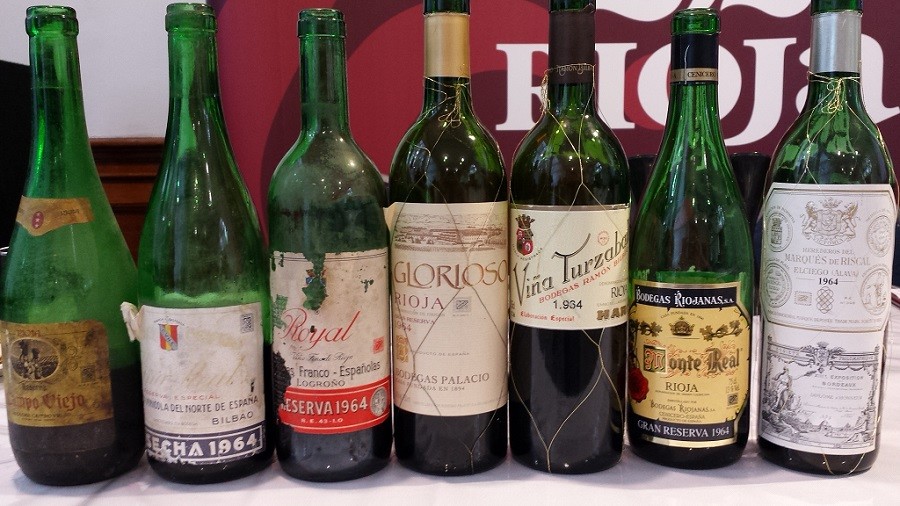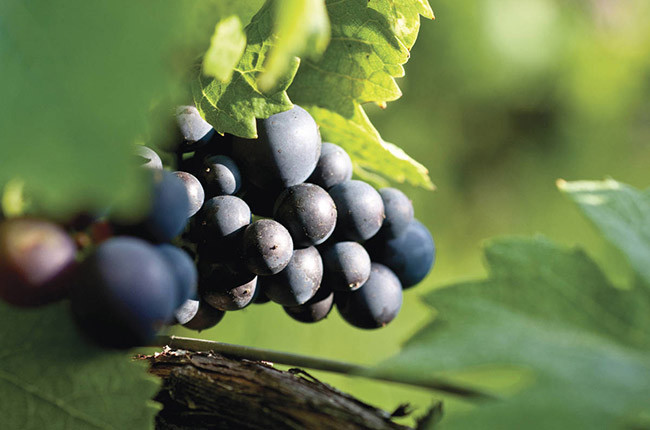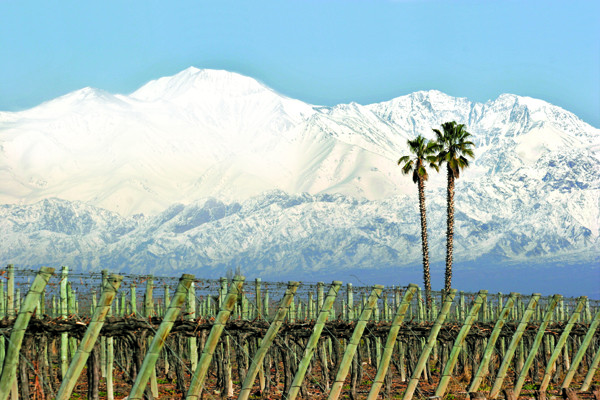In its basic form, “maceration” is a sort of infusion of fruits, herbs or spices in a standing liquid. It’s a method integral for making everything from gin to beer to soap. For winemakers, however, it’s more than that; it’s a near-magical element of the fermentation process.
As we discussed in class, when preparing to convert grape juice, water and yeast into alcohol (and carbon dioxide) via fermentation, the winemaker has a big choice: Do they ferment the grape juice (also called the “must”) on its own, or in contact with the rest of the grape cluster (the skin, pulp, seeds and stems)? Do they…macerate?
“You make choices in the vineyard, during winemaking, maturation and bottling,” says our instructor, May Matta-Aliah, an experienced wine educator. “Every single one of these decisions is going to have an impact on the wine.”
Maceration is probably the most visually recognizable of the winemaker’s choices: it’s the difference between white and red wine. That’s because the nearly colorless flesh and juice of red grapes is the same as white grapes. All the color, tannins and many of the flavors we associate with Cabernet Sauvignon, Merlot or Pinot Noir come from the skin of the grape. You get the color by “crushing” the grapes a bit (so juice and skins mingle), then letting everything ferment together.
Sitting in large steel (or oak or clay) fermentation tanks, usually following a crushing, the juice, skin, flesh and other bits soak together for between about two and seven days, depending on the type of grape and how intense the winemaker wants the wine to be. A thick-skinned grape (like Cabernet Sauvignon) will infuse more color, faster, into the fermenting juice than a thin-skinned one (like Pinot Noir). May is quick to point out to us, however, that a dark color doesn’t necessarily mean a better wine. In fact, an opaque Pinot Noir (one you can’t read a menu through if you tilt the glass over it, for example), may actually involve added coloring. “Learn to like translucency in wine,” she insists.
White wine, by the way, is kept white by pressing the juice/must out of the grapes, running it off and fermenting it without the skins (some white wines receive a few hours of contact for a little more color and complexity. Again, it’s up to the winemaker).
While the macerating liquid is converting from juice to wine, the solid materials continually float to the top of the fermentation tank, creating a firm “cap” (imagine a foot-thick skin on chocolate pudding or yogurt). This needs to be mixed back into the developing wine several times a day, either via “pumping over” (where juice is drained out the bottom of the tank through a hose and pumped back up to the top of the tank, or through physically “punching down” the cap with a tool that looks a bit like a long metal Swiffer. I’ve tried to do this and trust me, it’s not easy work. Fortunately Periscope videos only last 24 hours, or my comically inept attempt would be viral somewhere.
Eventually the young wine from that sloppy, bubbling purple mass of fermenting liquids and solids is drained out of the bottom of the tank (aka “free run” wine). The stuff left behind will usually then be pressed once or twice to get more wine out which may be discarded, blended into the free run to make a more character-driven blend before aging, aged separately from the free run to be blended later, or sold off to other winemakers (choices, choices).
May also noted in this class (and during others) that following the decision to let grape juice macerate, the winemaker has several options along the way. Rosé wines are made the same way as red wines, but the process is “abbreviated,” with skin contact lasting only a day or two (less contact equals less color). For Burgundy-based Pinot Noir wines, some producers still “cold soak” the grapes and juice: The mixture is kept at a low-enough temperature that fermentation doesn’t begin for a couple of days. The idea is that more color transfers to the juice for a deeper, richer wine than if the thin-skinned grape was simply fermented (May says not all winemakers agree that such a transfer actually happens to any significant degree). Carbonic Maceration (not yet covered in class), is a completely separate process where whole grapes are fermented in a carbon dioxide-rich tank before crushing. The idea being that it creates a very lush, soft “fruity” wine (think Beaujolais Nouveau, where this process is common).
What did I learn? I’m finally able to sort out the steps differentiating white and red wines.White Wine: Grapes are crushed, then pressed. Then all the juice (not yet wine) is fermented on its own without any solid bits. Red Wine: Grapes are crushed and *not* pressed. The juice ferments with all the other bits of the grape cluster thrown in. After fermentation, wine (not juice) is pressed off to be aged or bottled.
It doesn’t seem that hard, but for some reason, until this very course, I was never able to quite keep it all straight in my head.
Click to learn more about available WSET courses in China>>
All rights reserved by Future plc. No part of this publication may be reproduced, distributed or transmitted in any form or by any means without the prior written permission of Decanter.
Only Official Media Partners (see About us) of DecanterChina.com may republish part of the content from the site without prior permission under strict Terms & Conditions. Contact china@decanter.com to learn about how to become an Official Media Partner of DecanterChina.com.











Comments
Submit